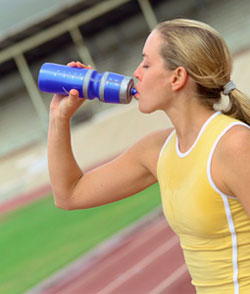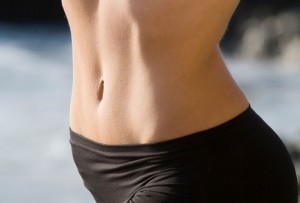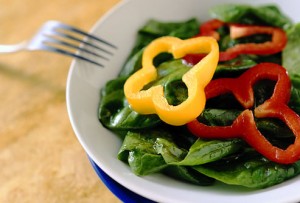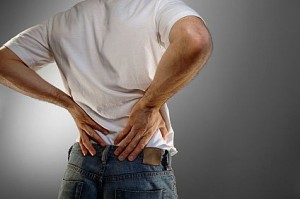Nutrition Requirements for Athletes
If you are an athlete, you must maintain a healthy diet to ensure that you have the maximum energy level available to support the intense training sessions, as well as your final event. Athletes must consume sufficient amount of calories and maintain proper nutrition, so that they can reach the energy level that is required of them, otherwise the body’s lean tissues and fats will be burnt away, causing loss of energy, strength and endurance.
Thus, without the right nutrition diet for athletes, if they participate in weight class sports like boxing, kickboxing and mixed martial arts, they are at risk of poor energy intake. Moreover, if they undergo extreme measures to lose weight fast before the competition, this in turn will cause loss of muscle and may even interfere with athletic performance.
The right nutrition plan for athletes should include all the necessary elements that the body requires, in the right amount. Since an athlete needs to push his or her body to the limit, they cannot afford to neglect the importance of proper nutrition.

Carbohydrates
Carbohydrates help to maintain blood sugar levels and thus help to fuel exercise. It also helps to replenish glycogen in the body, which is stored within the muscles. The recommend amount of carbohydrate daily in an athlete’s nutrition plan should range from 6-10 g/kg body weight.
Proteins
A proper protein diet is what aids in the building of the muscle tissues. The daily requirement of protein for an athlete varies according to the kind of sport he/she is into. While endurance athletes should take between 1.2-1.4 grams of protein per kilogram of body weight, Ultra-endurance athletes who need to practice for long hours must have slightly more protein in their diet.
Fats
Fats are not always bad and even as an athlete; you will need adequate amount of fat to help promote optimal health and necessary fat intake. Fat intake in the nutrition diet for athletes should be between 20-35% of total daily calories consumed.
Vitamin and Mineral
Usually, if you follow a wholesome and healthy diet and nutrition plan, you will not require any additional supplement of micronutrients. However, if you are dieting, you can have a multivitamin supplement or a single supplement of some nutrient, if you are diagnosed with a deficiency. Micronutrients have a number of functions in the body, including producing blood, maintaining bone health, promoting muscle and tissue repair and oxidative damage. Vegetarian athletes may have to supplement some of the minerals and nutrients that are not present in their diet.
Diet and nutrition during and after exercise
Sports drinks for athletes are extremely beneficial. You can also supplement the carbohydrate in your body, especially if you did not have your pre-exercise meal, or if you are on a diet.
Your post exercise meal should depend on the amount of time you worked out, as well as the amount of time you plan to exercise next time.
Finally, never forget that water forms one of the most important elements in the diet and nutrition plan for an athlete. Dehydration can cause muscle fatigue and cramps.







